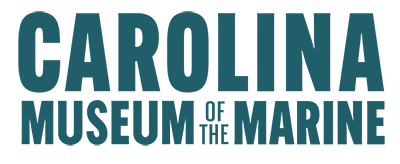Vol 1, No. 3, March 2022 FRONT AND CENTER – Free People as Citizens
FRONT AND CENTER
Vol. 1, No 3, March 2022
Mission
Honoring the legacy of Carolina Marines and Sailors and inspiring future generations.
SITREP
Exciting news this month. Carolina Museum of the Marine has signed the contract with the State of North Carolina for a grant of $26M.
What can these funds be used for? Construction, construction, construction! We are thrilled to have the funds to build this long-awaited 40,000 square foot tribute to Carolina Marines and Sailors and its companion Al Gray Marine Leadership Forum.
Why are we still raising money? Construction dollars are not operating dollars. We continue to raise funds to oversee the construction, operate the organization and – when the doors are open to keep them open. So, our Annual Campaign is evergreen. Marine evergreen.
What can you do?
- Share our newsletter.
- Join our Annual Campaign with annual or monthly gifts.
- Include Carolina Museum of the Marine in your estate planning or life insurance.
Al Gray Marine Leadership Forum
In his own words…
General Gray, USMC (Ret) talks about his reasons for starting Al Gray Marine Leadership Forum at Carolina Museum of the Marine.
Five minute view.
The fundamental mission of Al Gray Marine Leadership Forum is to sustain the ideals that are the foundation of our nation and build principled committed citizens. Al Gray Marine Leadership Forum is developing and offering courses and resources that equip citizens to:
- Appreciate the history of our nation empowered by private energies and public responsibilities,
- Develop critical thinking skills that support civil discourse and effective civic participation,
- Recognize and respect our differences while valuing what we all have in common as Americans, and
- Celebrate our enduring form of government and the individual.
Professor James Danielson, PhD, has delivered an initial Al Gray Marine Leadership Forum course to students at Swansboro High School and recently presented to Marines at Camp Johnson the Al Gray Marine Leadership Forum’s Critical Thinking for Leadership and Civic Engagement course. Professor Danielson, a Marine veteran and professor of ethics for more than thirty years, is also developing additional courses and he has written extensively. Courses under development include, among others, Leading Self, Leading Others; Ethics at Home, School and Work; and History of Political and Economic Thought.
We hope that you find it informative and thought provoking as Professor Danielson explores concepts that are as relevant today as they were at our Nation’s founding.
Free People as Citizens
James Danielson, PhD
The Philadelphia Convention concluded its business on 17 September 1787. Ten days later, on 27 September, there appeared the first of seven letters written to the citizens of New York under the pseudonym “Cato.” The letters are intended to help New Yorkers think about the strengths and weaknesses of the proposed new constitution.[i] It isn’t known with certainty who Cato was, but it seems that a plurality of historians think it was New York Governor George Clinton. Marcus Porcius Cato, Cato the Younger, was a Roman senator in the period of the late republic who lived from 95 B.C. to 46 B.C. He was famous for resisting the efforts of Julius Caesar to expand the power of government, but importantly, was held in high regard for his refusal to take bribes, his unassailable moral character, and his opposition to the corruption of his time. The American Cato took this name knowing that the people of New York to whom he wrote would understand that he was making a statement on the virtues required of free people, and the form of government best suited to protecting their natural rights.
The Philadelphia Convention was not convened in order to write a new constitution; the country had a constitution called the Articles of Confederation and Perpetual Union. But many prominent people in the United States did not like the Articles because they established a weak confederal government with few powers and so, their argument went, the confederation was ill equipped to perform the important functions of military defense and facilitation of commerce among the states. This argument was correct, and many Americans believed that the defects in the Articles should be remedied. However, there was broad agreement that whatever kind of general government there was should be weak relative to the states, with little capacity to grow its power, for this would threaten the sovereignty of the states and the liberty of the people of the states. Americans in the 18th century fought a war with the most powerful empire in the world in order to escape the abuses of freedom that come from centralized power. Therefore, the argument goes, the general government established by the states must be under the control of the states that created it. So the delegates of the states who were sent to Philadelphia in the summer of 1787 went there with the charge to prepare recommendations for improving the Articles of Confederation for the states to consider. They had no instructions from their legislatures to scrap the Articles and write a new constitution with a frame of government different from the one under which their deliberations were authorized.
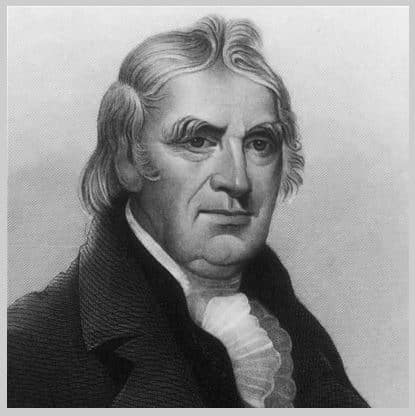
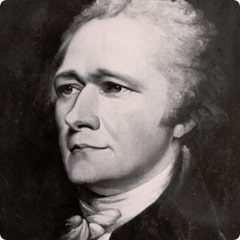
THE MUSEUM
Conversations withSgtMaj Joe Houle, USMC (Ret)
Director of Operations and Artifacts
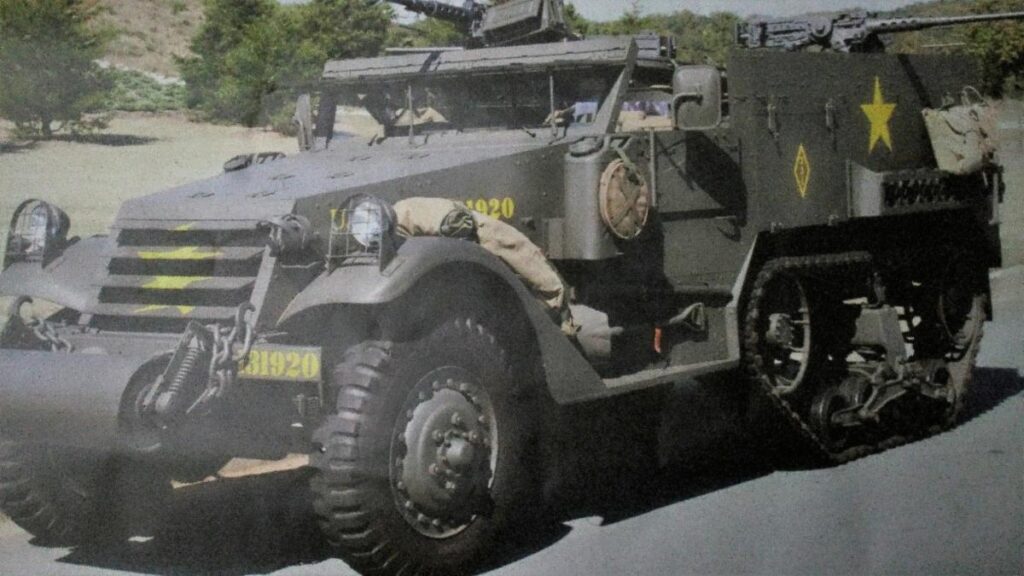
FRONT AND CENTER: Sergeant Major Houle, you along with several of our board members and interested others have been steadily collecting artifacts over the years. Some of them, of course, have wheels. What is the significance of the 1942 M-2 Half-Track pictured here?
HOULE: Half-tracks were used by Marines in WWII. The restoration of the one featured here was commissioned by Gary Hebding, a long-time half-track enthusiast, in honor of Sgt Robert A. Owens, USMC.
Sgt Owens’ Carolina connections are strong. He was born in South Carolina, went through recruit training at Parris Island, and on to 1st Training Battalion of the 1st Marine Division, which at the time was located in New River, North Carolina. The unit’s designation was changed to Company A, 1st Battalion, 3rd Marines, 3rd Marine Division. Sgt Owens trained for twenty-one months, including training in New Zealand and Guadalcanal for his first – and only – combat assignment.
Sgt Owens received the Medal of Honor posthumously for his heroic actions on his first day in combat at Bougainville.
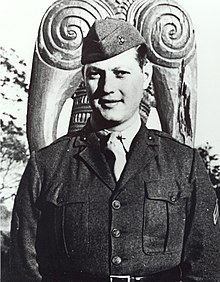
Medal of Honor Citation
The President of the United States takes pride in presenting the MEDAL OF HONOR posthumously to
SERGEANT ROBERT A. OWENS
UNITED STATES MARINE CORPS
for service as set forth in the following CITATION:
For conspicuous gallantry and intrepidity at the risk of his life above and beyond the call of duty while serving with a marine division, in action against enemy Japanese forces during extremely hazardous landing operations at Cape Torokina, Bougainville, Solomon Islands, on 1 November 1943. Forced to pass within disastrous range of a strongly protected, well-camouflaged Japanese 75-mm. regimental gun strategically located on the beach, our landing units were suffering heavy losses in casualties and boats while attempting to approach the beach, and the success of the operations was seriously threatened. Observing the ineffectiveness of marine rifle and grenade attacks against the incessant, devastating fire of the enemy weapon and aware of the urgent need for prompt action, Sgt. Owens unhesitatingly determined to charge the gun bunker from the front and, calling on 4 of his comrades to assist him, carefully placed them to cover the fire of the 2 adjacent hostile bunkers. Choosing a moment that provided a fair opportunity for passing these bunkers, he immediately charged into the mouth of the steadily firing cannon and entered the emplacement through the fire port, driving the guncrew out of the rear door and insuring their destruction before he himself was wounded. Indomitable and aggressive in the face of almost certain death, Sgt. Owens silenced a powerful gun which was of inestimable value to the Japanese defense and, by his brilliant initiative and heroic spirit of self-sacrifice, contributed immeasurably to the success of the vital landing operations. His valiant conduct throughout reflects the highest credit upon himself and the U.S. Naval Service.
/S/ HARRY S. TRUMAN
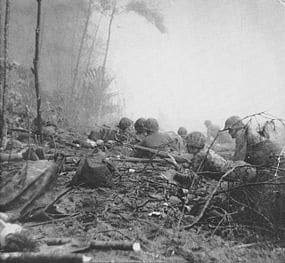
Huerth Street
LtCol L. J. Kimball, USMC (Ret)
In August of 1942, the citizens of Onslow County NC were cheered by the news that the 1st Marine Division (MarDiv), which had occupied the adjoining Marine Corps base of Marine Barracks (MarBks) New River (now Camp Lejeune), since beginning with the advance party’s arrival in September 1941, and subsequently departed beginning in May 1942 to locales unknown, had successfully conducted the nation’s first offensive of the war on the distant and previously unheard-of island of Guadalcanal.
They were in turn saddened by the revelation that in the grim reality of war, the campaign had produced Jacksonville’s, and the county’s first casualty, Marine Captain Richard J. Huerth, a well-liked and respected neighbor in a town then of little over two thousand inhabitants. Like other married Marines who had encountered the shortage of available quarters aboard the base, he had elected to move into one of the several new housing developments in town, Onslow Terrace, and there on Johnson St.
Capt Huerth was a Boston native and a 1936 graduate of the prestigious Ivy league Dartmouth College in New Hanover, NH, where he enlisted in the Marine Corps Reserve (USMCR) on 6 January 1935 and was appointed a private first class.
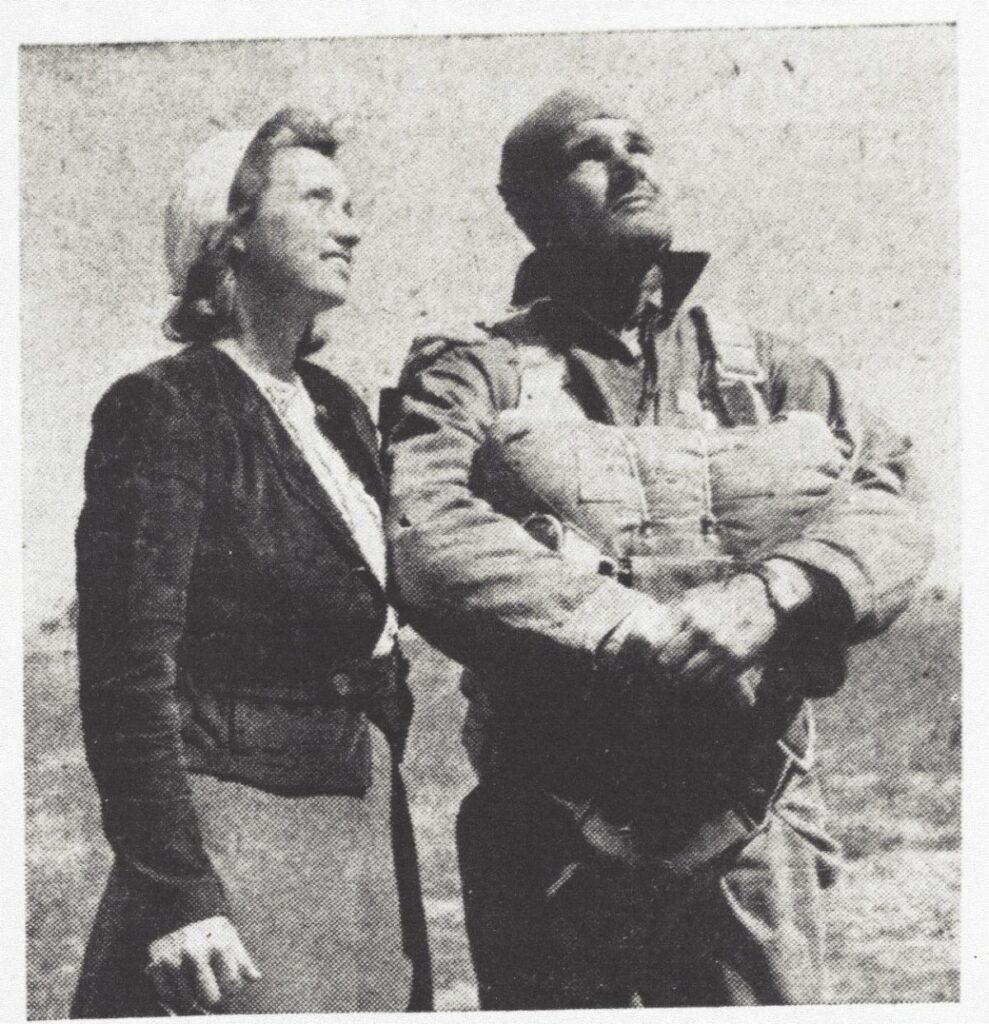
Commissioned as a second lieutenant on 25 June 1937 after completing the Platoon Leaders Program, he was assigned to the 1st Marine Brigade in Quantico upon completion of the Reserve Officers Course and posted to the 5th Marines in November of 1939 as a company officer, most notably participating in Fleet Landing Exercise 6 at Culebra, PR, in January 1940. During further service with the 5th Marines and MarBksQuantico, he was promoted to first lieutenant on 8 April 1940 and met his future wife, Jeanne Gannon, a South Carolina native who was a base school teacher.
Following the initiation of the Corps’ parachute program in October of 1940, Huerth was accepted into this elite fraternity and joined the third class of Marines for training at the Lakehurst, NJ, facility, qualifying as a parachutist on 13 April 1941. The newly formed “Paramarines” trained extensively and rigorously during this developmental period, evolving a doctrine, and demonstrating their capabilities, as evidenced during the large-scale landing exercises of the Amphibious Force, Atlantic Fleet, involving the 1st MarDiv and the Army’s 1st Infantry Division at New River during August 1941. As the program expanded and new units were formed, Huerth found himself in January 1942 in the 1st Parachute Battalion (ParaBn) at New River as the commanding officer of Company B. Then, now as a captain, he took command of Company C, the last of the companies to be formed in the battalion, when it was activated during March 1942.
Marine Corps Base Camp Lejeune
Marine Corps Air Station Cherry Point
Marine Corps Air Station New River
Marine Corps Camp Geiger | Marine Corps Camp Johnson
Marine Corps Recruit Depot Parris Island
Marine Corps Air Station Beaufort
This issue of FRONT AND CENTER features
Marine Corps Air Station New River.
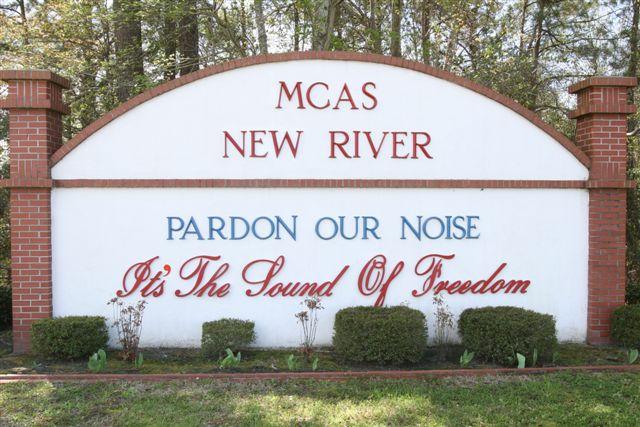
MCAS New River is home to:
2,100 Marines assigned to eight squadrons
Rotary-wing aircraft (helicopters) including:
AH-1W Super Cobra
MV-22 Osprey (tiltrotor aircraft),
CH-53-E Super Stallion, and the
UH-1N Huey
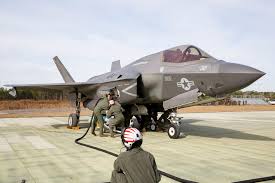
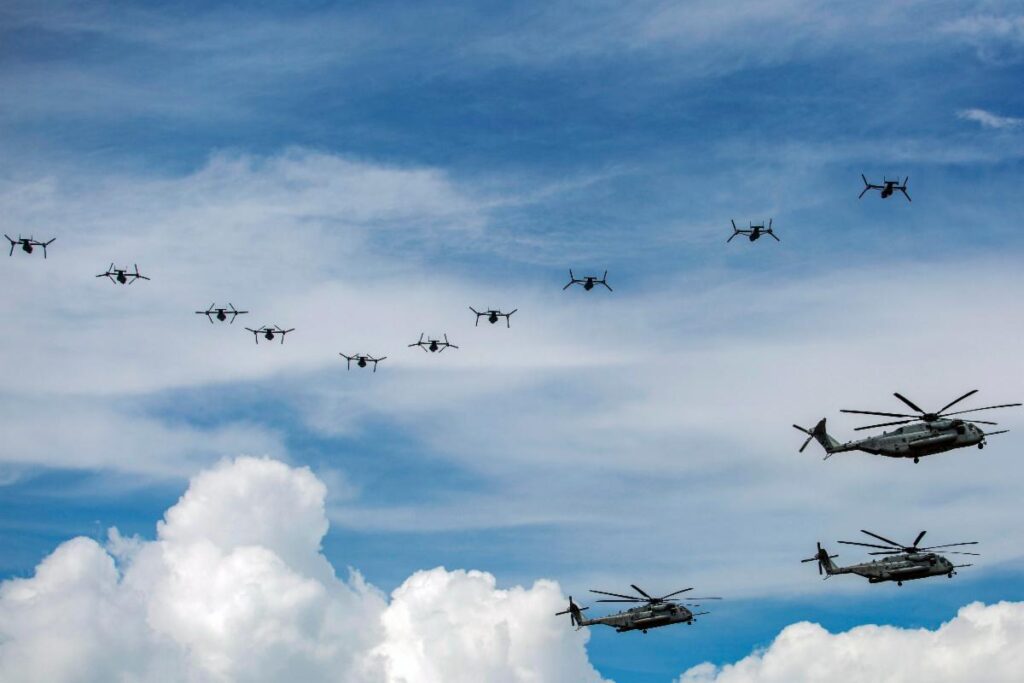
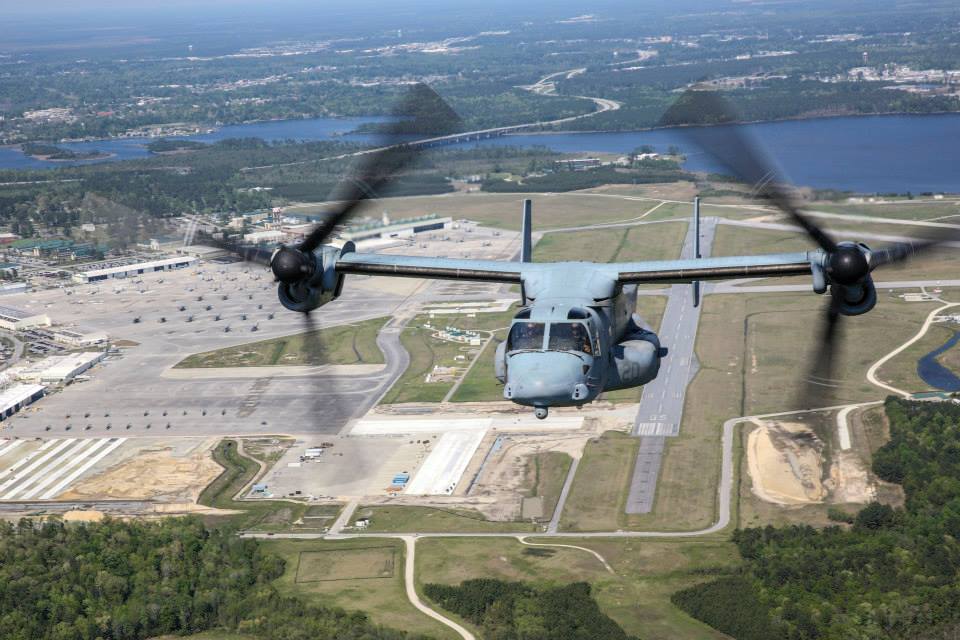
Please join us in supporting the mission of
Carolina Museum of the Marine
When you give to our annual campaign, you help to ensure that operations continue during construction and when the doors open!
Stand with us
as we stand up the Museum!
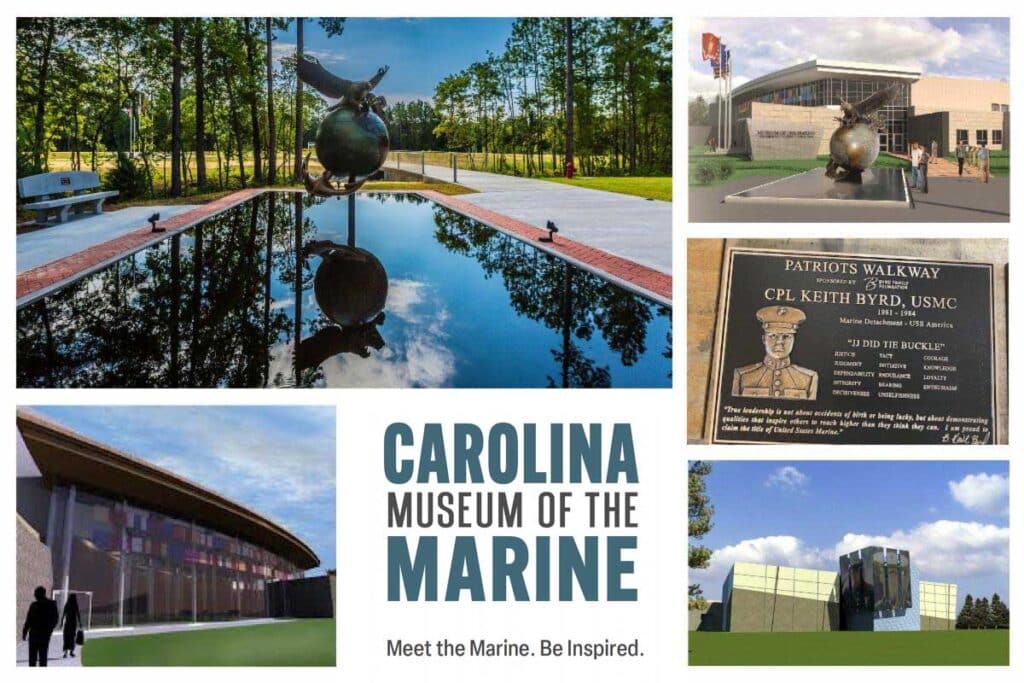
Copyright March, 2022
Carolina Museum of the Marine
2021-2022 Board of Directors
Executive Committee
BGen Dick Vercauteren, USMC (Ret) – Chair
Mr. Mark Cramer, JD – Vice Chair
CAPT Pat Alford, USN (Ret) – Treasurer
Col Joe Atkins, USAF (Ret) – Secretary
Col John B. Sollis, USMC (Ret) – Immediate Past Chair
General Al Gray, USMC (Ret), 29th Commandant – At-Large Member
LtGen Gary S. McKissock, USMC (Ret) – At-Large Member
Members
Mr. Terry Branton
Mr. Tom DeSanctis
MyGySgt Osceola Elliss, USMC (Ret)
Col Chuck Geiger, USMC (Ret)
Col Bruce Gombar, USMC (Ret)
LtCol Lynn “Kim” Kimball, USMC (Ret)
CWO4 Richard McIntosh, USMC (Ret)
CWO5 Lisa Potts, USMC (Ret)
Col Grant Sparks, USMC (Ret)
GySgt Forest Spencer, USMC (Ret)
Staff
Ashley Danielson, Executive Director | VP of Development
SgtMaj Joe Houle, USMC (Ret), Operations and Artifacts Director
Richard Koeckert, Accounting Manager
Carolina Museum of the Marine is a nonprofit organization that is rigorously nonpartisan, independent and objective.


